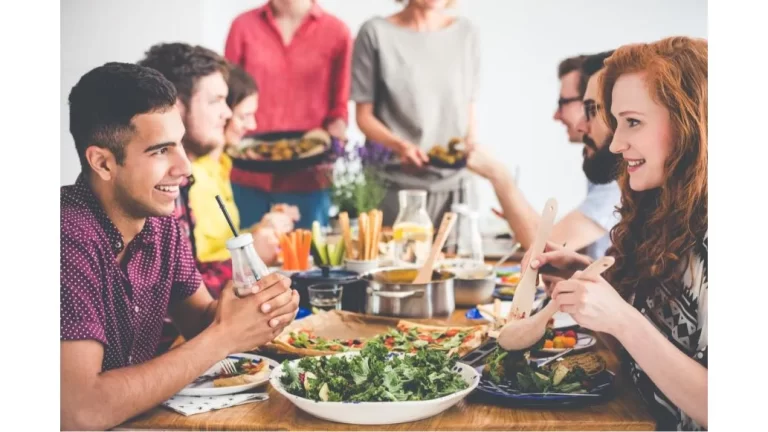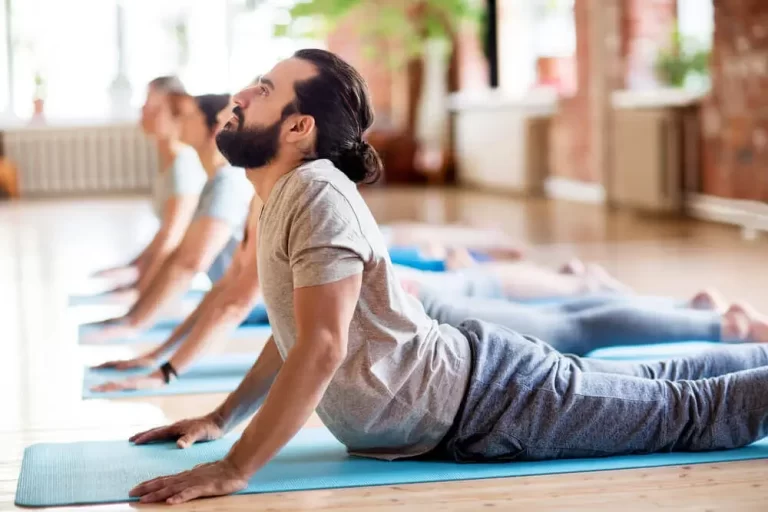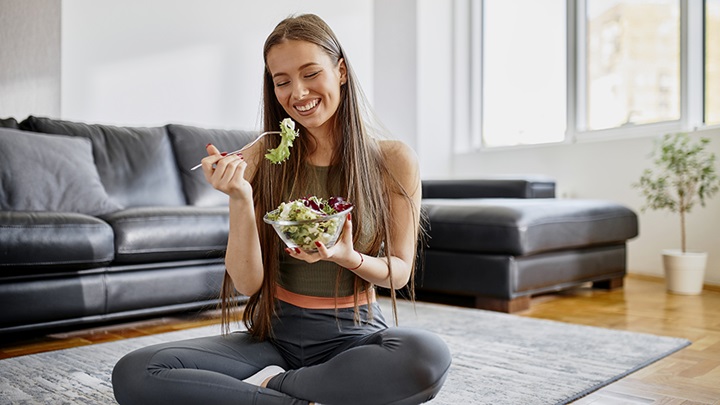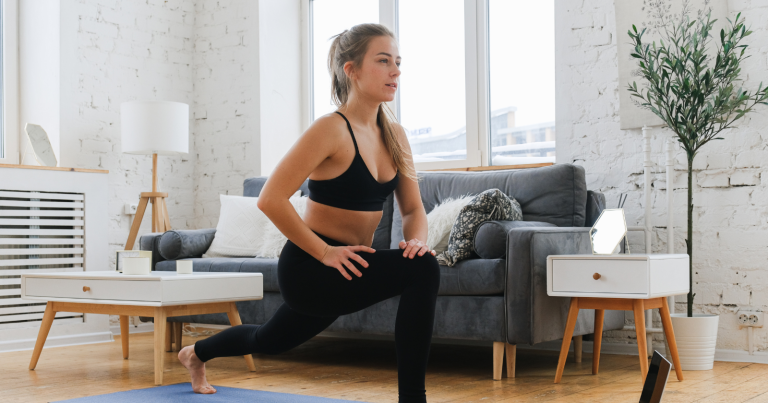The Beginner’s Guide to Mindfulness and Meditatio
Mindfulness and meditation have become increasingly popular in recent years, but for many beginners, understanding how to start can feel overwhelming. With the fast-paced world we live in, the idea of slowing down and focusing on the present moment may seem out of reach. However, with the right guidance and tools, anyone can develop a mindfulness practice that fits their lifestyle and provides countless mental and physical benefits.
This guide will demystify mindfulness and meditation, helping you embark on a journey toward inner peace and clarity. The practice of mindfulness involves cultivating an awareness of the present moment, free from judgment. It’s about observing your thoughts, emotions, and surroundings with a sense of curiosity and openness.
Meditation, on the other hand, is a structured practice that often involves focused attention and techniques to calm the mind. While the two are interconnected, they are not identical, and understanding their nuances is key to developing a meaningful practice. For beginners, the key is to start small and build consistency over time.
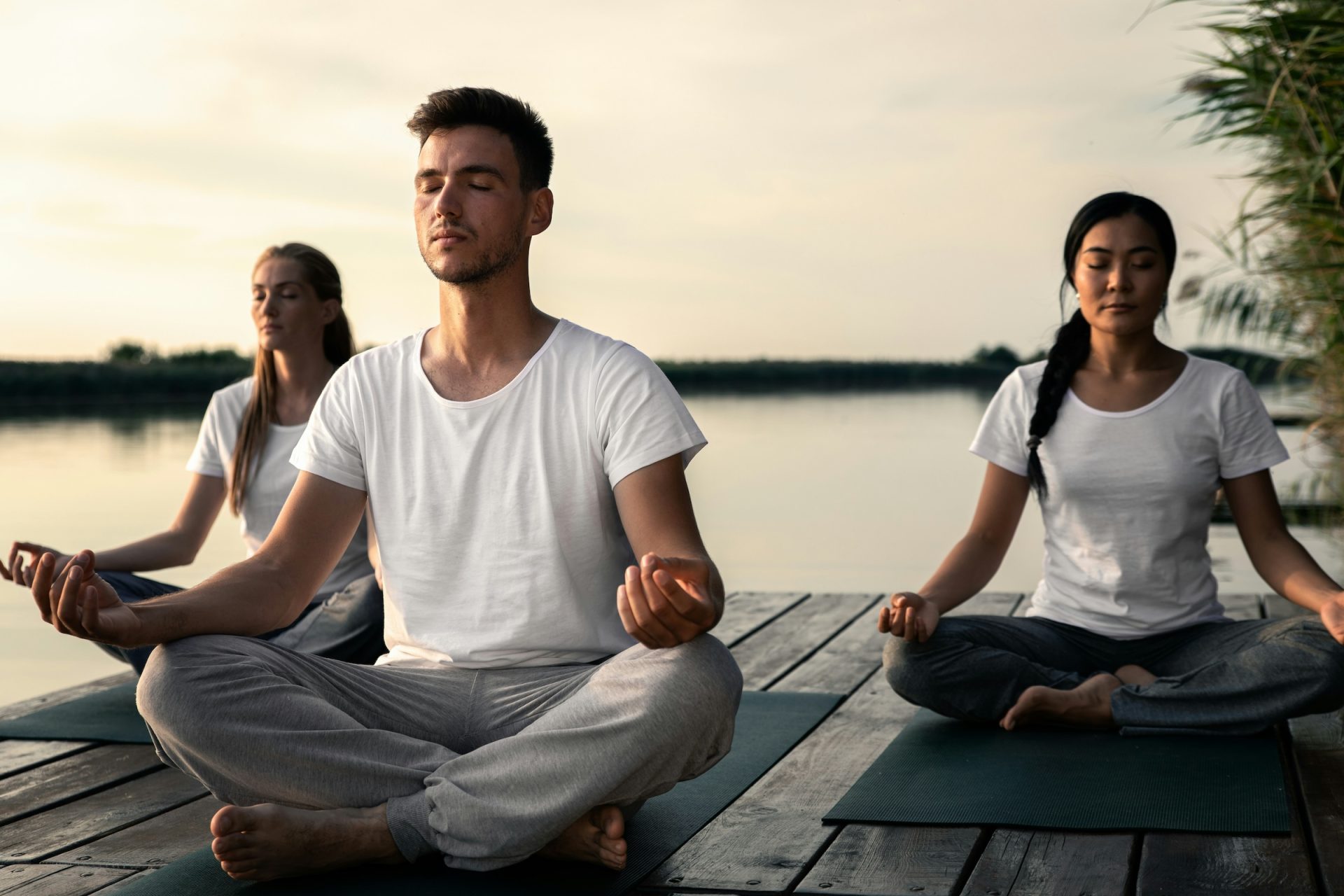
One of the greatest benefits of mindfulness and meditation is their accessibility. You don’t need special equipment, a large time commitment, or advanced knowledge to begin. Whether you’re looking to reduce stress, improve concentration, or enhance emotional well-being, these practices can be adapted to suit your individual needs. In this guide, we’ll explore actionable steps, expert advice, and real-life experiences to make mindfulness and meditation approachable for everyone.
Understanding Mindfulness: What It Is and Why It Matters
Mindfulness is more than just a trendy buzzword—it’s a scientifically backed approach to enhancing your mental well-being. At its core, mindfulness means being fully present in the moment. It’s about noticing what’s happening around you and within you without letting distractions take over. Research shows that practicing mindfulness can improve focus, reduce anxiety, and even enhance physical health by lowering blood pressure and improving sleep quality.
To grasp the concept, start with simple exercises like mindful breathing or mindful eating. For instance, when eating a meal, take time to notice the textures, flavors, and smells. By doing so, you’re training your brain to focus on the present rather than letting your thoughts wander.
Real-life stories from practitioners highlight the transformative effects of mindfulness. For example, one individual shared how practicing mindfulness helped them manage workplace stress and improve their relationships by fostering better communication. By incorporating mindfulness into your daily routine, you can begin to experience similar benefits.
Expert insights also emphasize the importance of starting small. Dr. Emily Carter, a psychologist specializing in mindfulness, suggests dedicating just five minutes a day to being fully present. “It’s not about perfection; it’s about progress,” she explains. Gradually increasing this time as you feel comfortable can make the practice sustainable and enjoyable.
Meditation Techniques for Beginners: A Step-by-Step Approach
Starting a meditation practice can feel intimidating, but it doesn’t have to be. The key is to find a technique that resonates with you. One of the simplest methods for beginners is focused-attention meditation, which involves concentrating on your breath. Sit comfortably, close your eyes, and take slow, deep breaths. If your mind wanders, gently bring your focus back to your breath.
Another beginner-friendly method is guided meditation. Apps like Headspace and Insight Timer offer guided sessions that walk you through the process, making it easier to stay on track. These tools are especially helpful for those who find it challenging to meditate on their own.
Consistency is crucial when starting out. Set a specific time each day for your practice, whether it’s in the morning, during a lunch break, or before bed. Many beginners report that integrating meditation into their daily routine helps them stick with it.
To add depth to your practice, consider experimenting with different techniques such as body scan meditations or loving-kindness meditations. Each method offers unique benefits and can cater to different needs, such as reducing physical tension or enhancing compassion.
Overcoming Common Challenges in Mindfulness and Meditation
One of the biggest hurdles for beginners is dealing with distractions and a restless mind. It’s important to remember that experiencing these challenges is completely normal. The goal of mindfulness and meditation is not to eliminate thoughts but to observe them without judgment.
Another common challenge is finding the time to practice. Life can be busy, but even short sessions can make a difference. Consider integrating mindfulness into everyday activities, such as walking or doing household chores. For example, while washing dishes, focus on the sensation of the water and the sound of the clinking plates.
Sharing personal experiences can also help normalize these struggles. For instance, a blogger who once struggled with maintaining a meditation routine found success by starting with just two-minute sessions and gradually building up to 20 minutes a day. Their story illustrates that persistence pays off.
Expert advice can also provide valuable guidance. Mindfulness coach Sarah Lopez advises beginners to “expect imperfection.” She explains, “Meditation is like any other skill—it improves with practice and patience.”
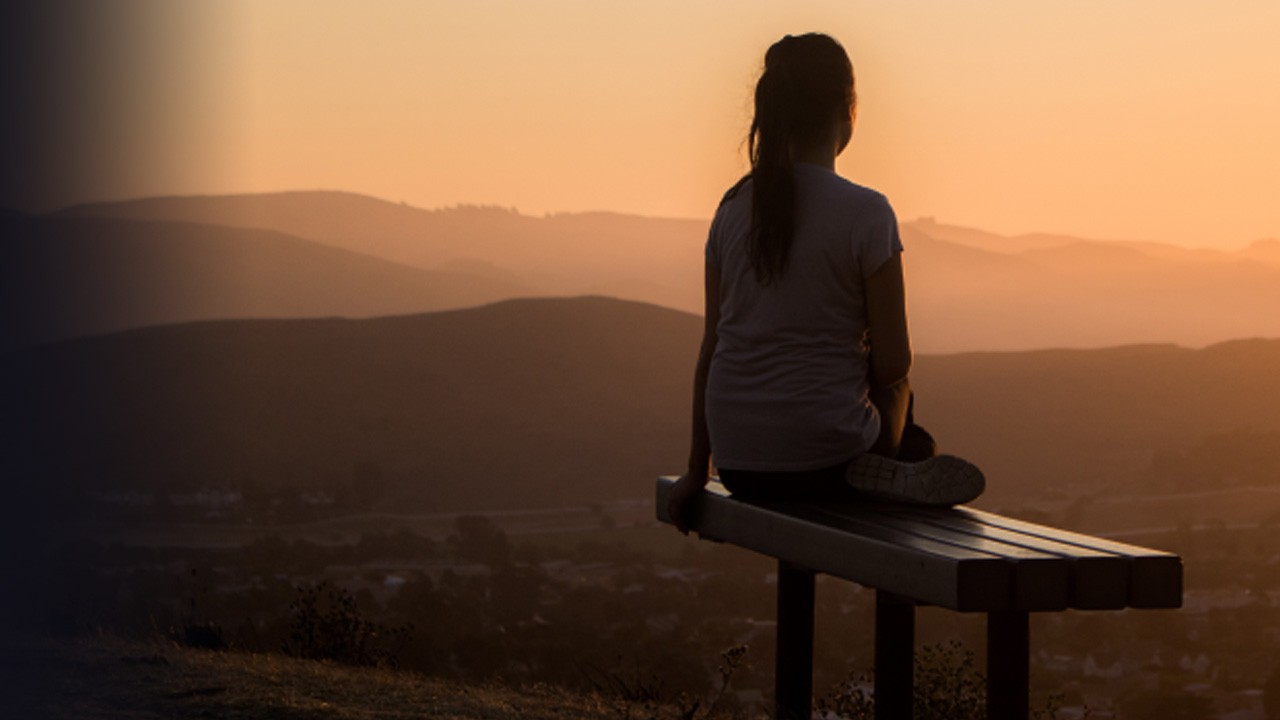
Tools and Resources to Enhance Your Practice
To support your mindfulness and meditation journey, there are countless tools and resources available. Apps such as Calm, Insight Timer, and Headspace provide guided meditations, sleep aids, and breathing exercises. Books like “The Miracle of Mindfulness” by Thich Nhat Hanh and “10% Happier” by Dan Harris offer inspiring insights and practical advice.
For those who prefer visual aids, YouTube channels dedicated to mindfulness and meditation can be a great resource. Channels like The Honest Guys and Yoga With Adriene offer free guided sessions for all experience levels.
Creating a dedicated meditation space in your home can also enhance your practice. This doesn’t have to be elaborate—a quiet corner with a cushion or chair can suffice. Adding elements like candles, plants, or calming artwork can make the space more inviting.
Additionally, consider joining a local meditation group or online community. Connecting with others who share your interest can provide motivation, support, and a sense of accountability.
The Science Behind Mindfulness and Meditation
Understanding the science behind mindfulness and meditation can deepen your appreciation for these practices. Studies have shown that regular meditation can change the brain’s structure, increasing gray matter in areas associated with learning, memory, and emotional regulation. This neuroplasticity underscores the profound impact mindfulness can have on your mental health.
Mindfulness has also been linked to reduced levels of cortisol, the stress hormone, which helps explain why practitioners often report feeling calmer and more relaxed. Furthermore, meditation can improve immune function, enhance focus, and even slow the aging process by protecting telomeres, the protective caps on chromosomes.
Experts like Dr. Richard Davidson, a neuroscientist and meditation researcher, emphasize that even short, consistent practices can lead to measurable changes in the brain. “It’s not about how long you meditate; it’s about how regular your practice is,” he notes.
Sharing real-life stories of transformation can also illustrate these benefits. For instance, a busy entrepreneur who began meditating to cope with burnout reported feeling more energized and focused within weeks. Their experience highlights the practical applications of mindfulness in today’s fast-paced world.
Conclusion
Mindfulness and meditation offer a pathway to greater self-awareness, reduced stress, and improved overall well-being. By starting small, embracing imperfection, and utilizing the wealth of resources available, you can cultivate a practice that enriches your life.
Remember, the journey is as important as the destination. Whether it’s through mindful breathing, guided meditations, or exploring new techniques, every step you take brings you closer to a more centered and fulfilling existence.
